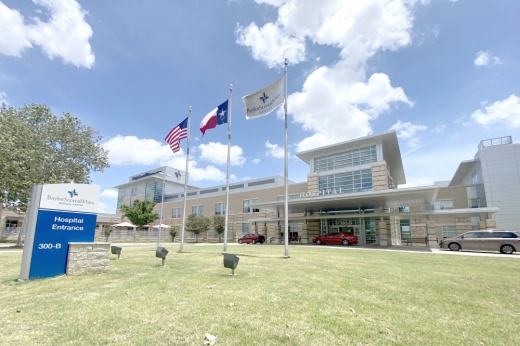What types of breast cancer do you see the most in this region?
The two most common types of breast cancer that we often see are ductal carcinoma and lobular carcinoma. This means they are tumors that start in the milk ducts or breast glands. The great majority of those are estrogen receptor positive, which means that estrogen stimulates the cancer to grow. Once we know that information, we can consider treatments like reducing a patient’s estrogen levels.
What are some common signs of breast cancer?
Many women these days will not have any signs or symptoms of breast cancer. Women who are getting mammograms are typically diagnosed at earlier stages, before they would develop any symptoms. If a woman does have symptoms, they may notice a breast mass or a mass in the armpit. They might have breast pain or nipple drainage or skin changes, such as redness or an ulcer.
Who is most at risk?
The risk of breast cancer increases with age. Women are at higher risk than men. However, about 1% of all breast cancers do occur in men. Women with a family history of breast or ovarian cancers are at higher risk for developing breast cancer, as well as women with more dense breasts.
What preventative measures do you recommend be taken?
There are some lifestyle changes that can lower the risk of developing breast cancer, such as maintaining a healthy weight, exercising regularly, avoiding hormone replacement therapy, not using tobacco and limiting alcohol consumption. Additionally, for women at significantly higher risk, they can consider a specific type of treatment that blocks hormones to lower the risk.
What advice do you have for someone who gets diagnosed?
When a woman is diagnosed with breast cancer, it is a very stressful and anxiety-provoking time. I recommend they rely upon their support system, family and friends, for care during this time. It can be overwhelming to receive a cancer diagnosis and all the information that comes with it. It is helpful to understand the type and stage of breast cancer, and writing down questions ahead of doctor's visits can help make sure all of their questions are addressed. Additionally, this is a time to continue healthy habits, such as exercise and eating well, and consider adding new habits, such as meditation or counseling, to help navigate this difficult time.
Have there been any recent advancements in treating this disease?
There are continued improvements in many areas of breast cancer treatment in the last few years. We have increasing ability to treat people individually based upon their cancer and their personal needs, all the way from decreasing treatment for women at lower risk to adjusting treatment for women whose cancers do not respond as expected. In the last five years, we have had significant advances in radiation as well as in chemotherapy and hormone therapy, which can work to improve outcomes as well as tolerance of treatments. It has been a hopeful time in breast cancer research.






